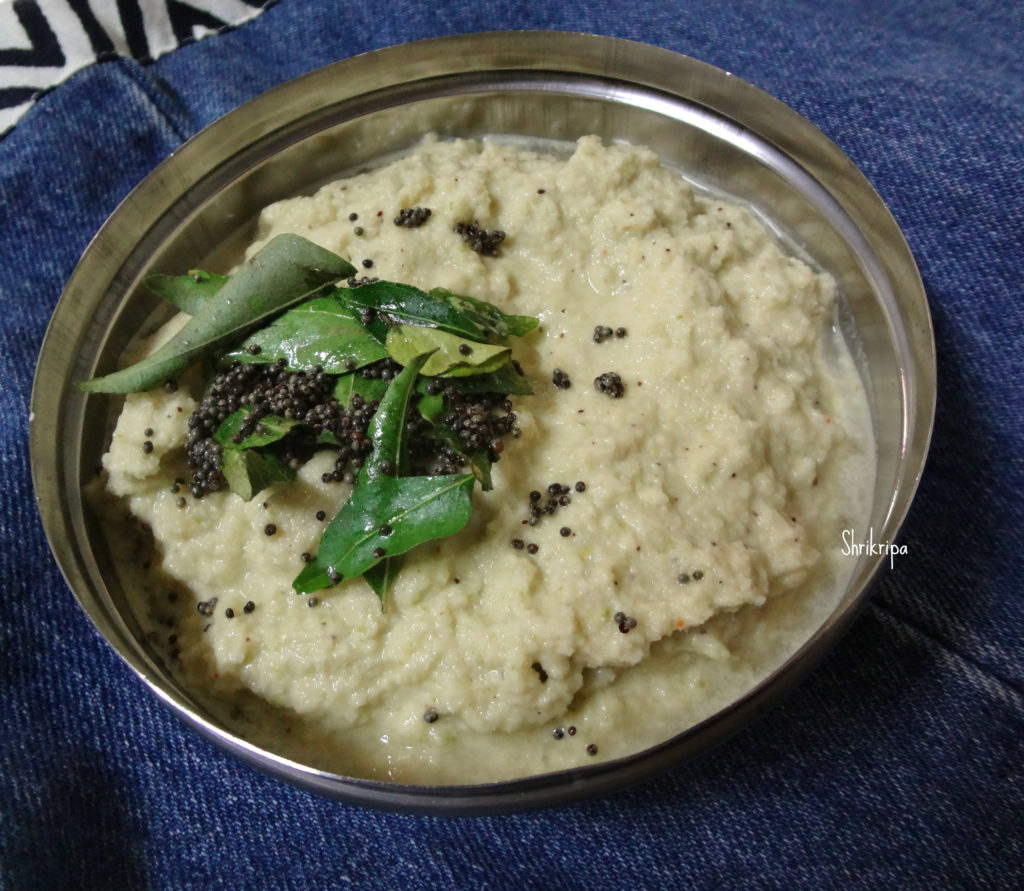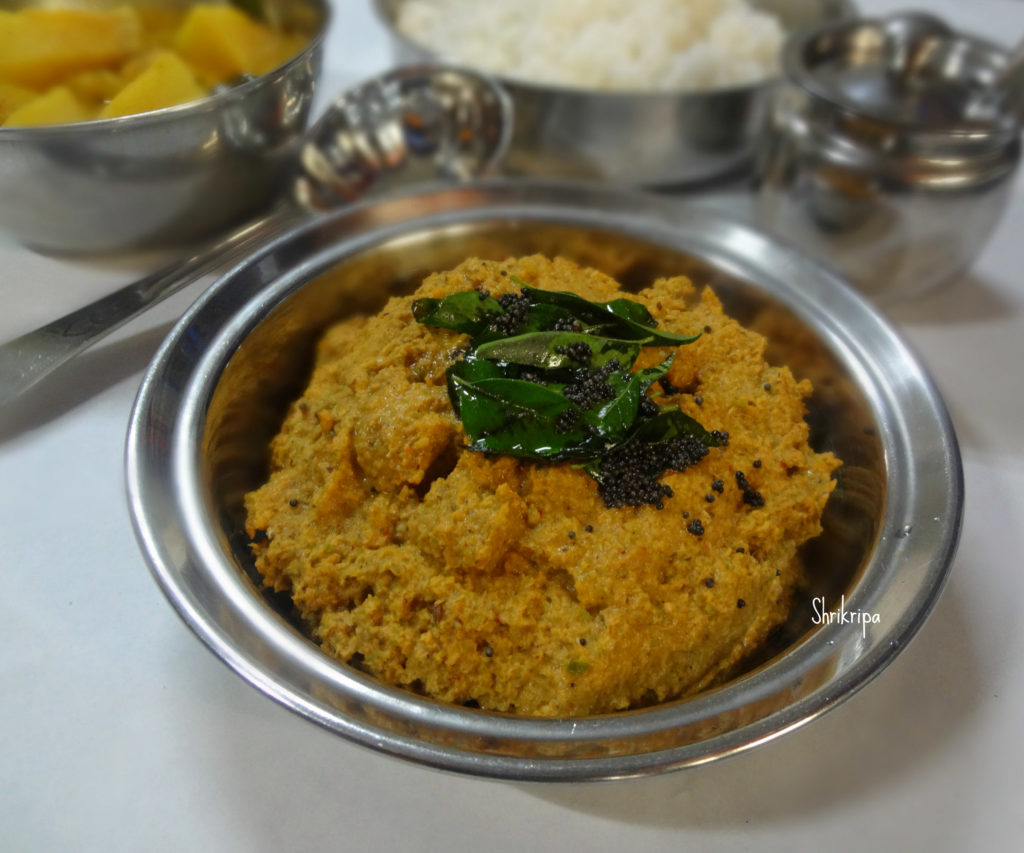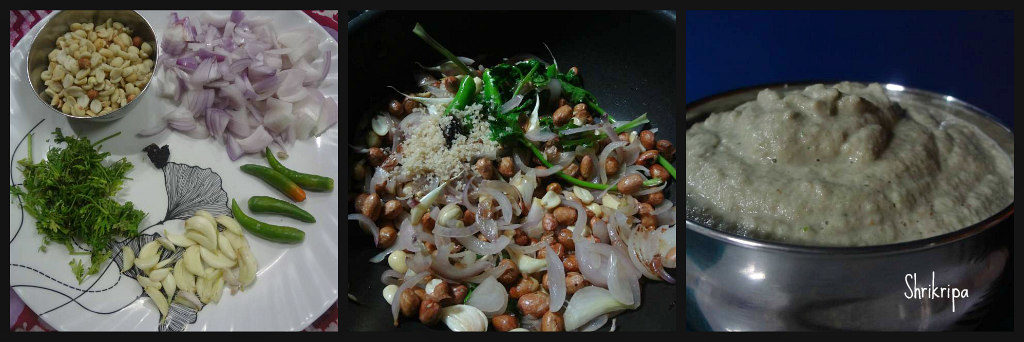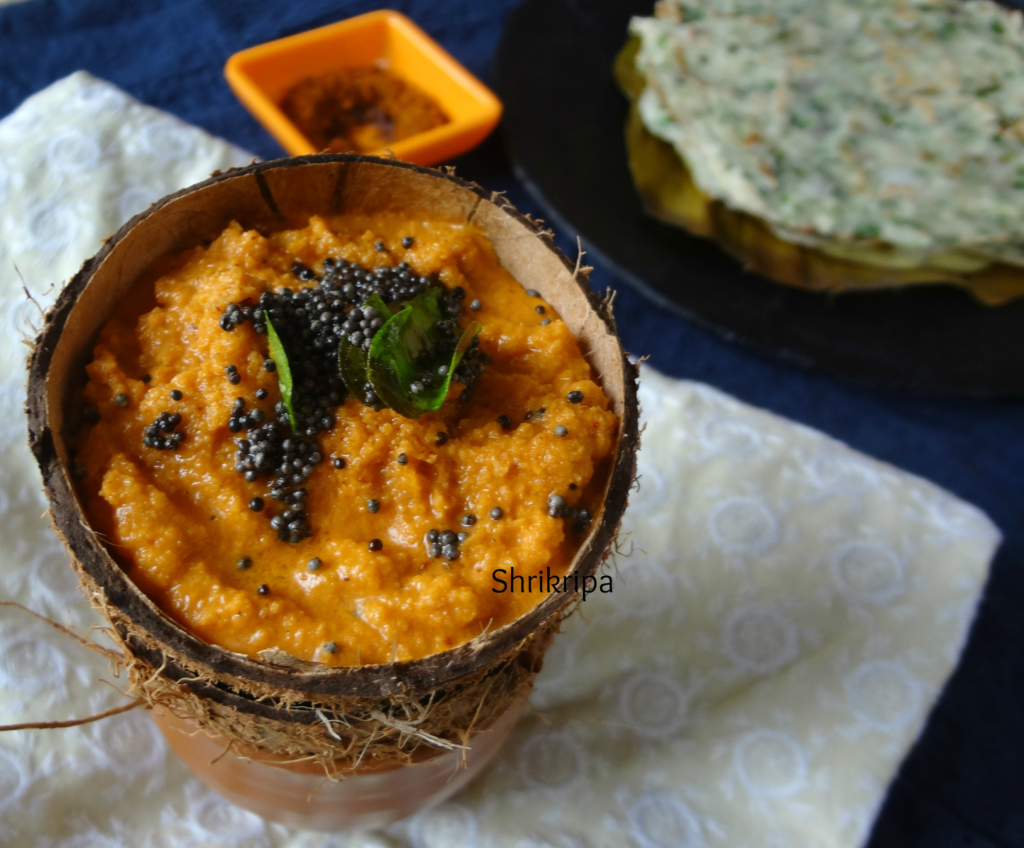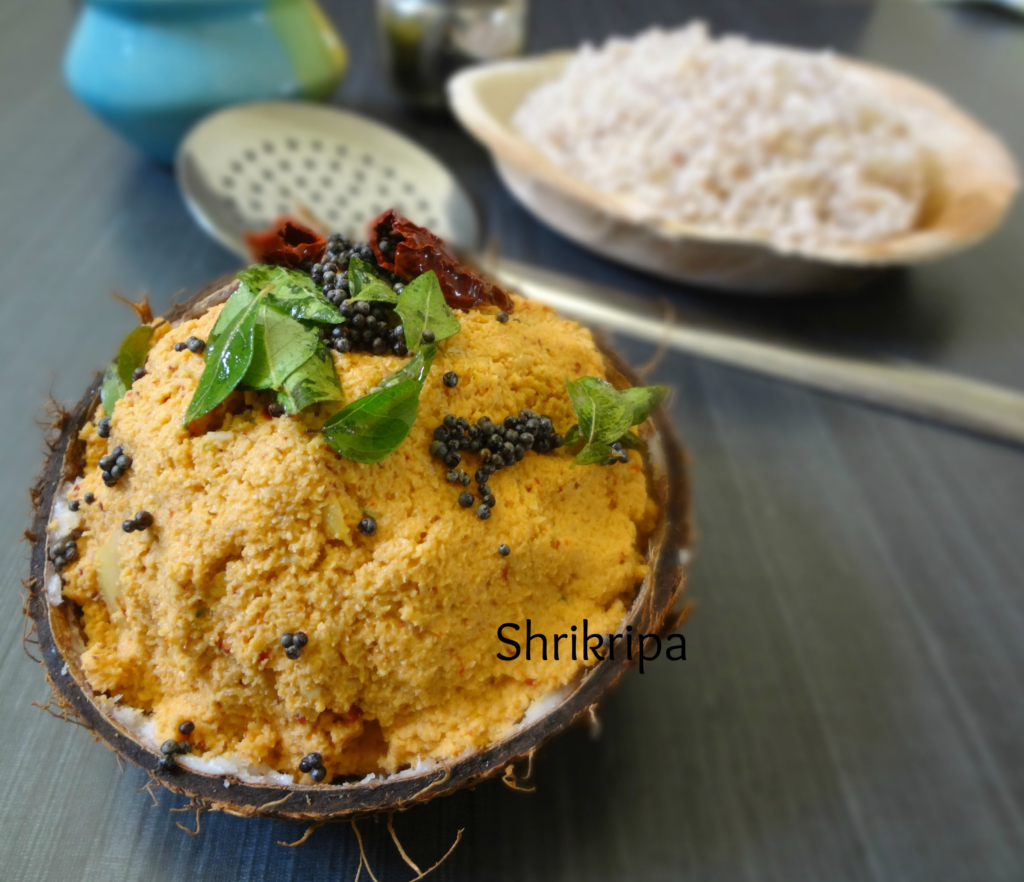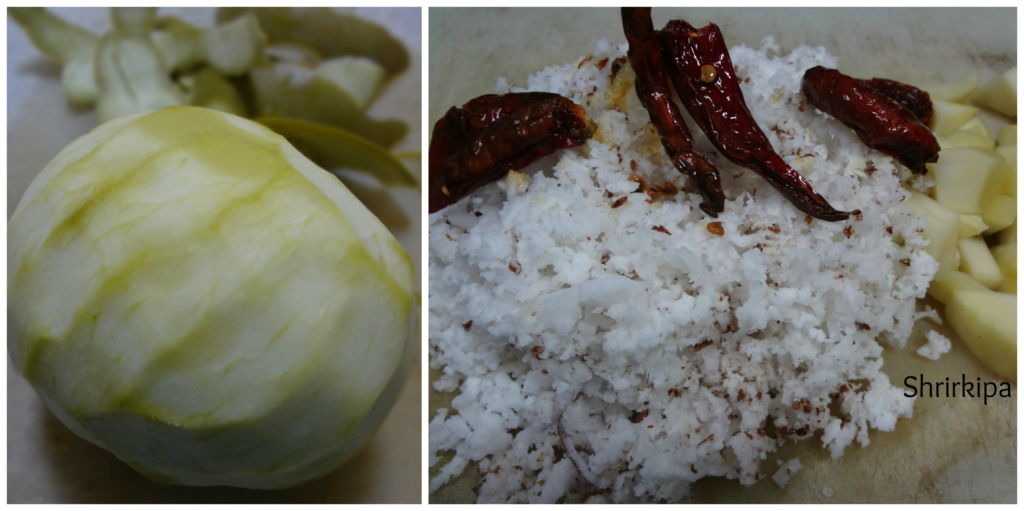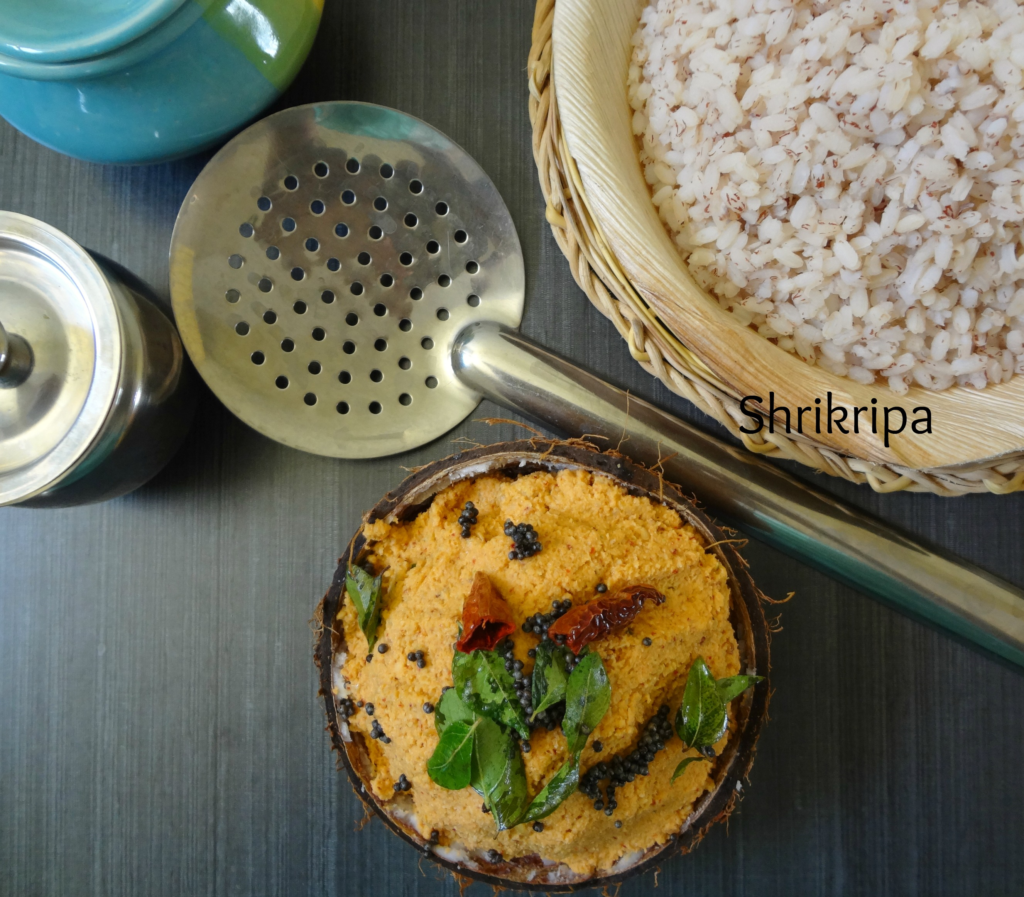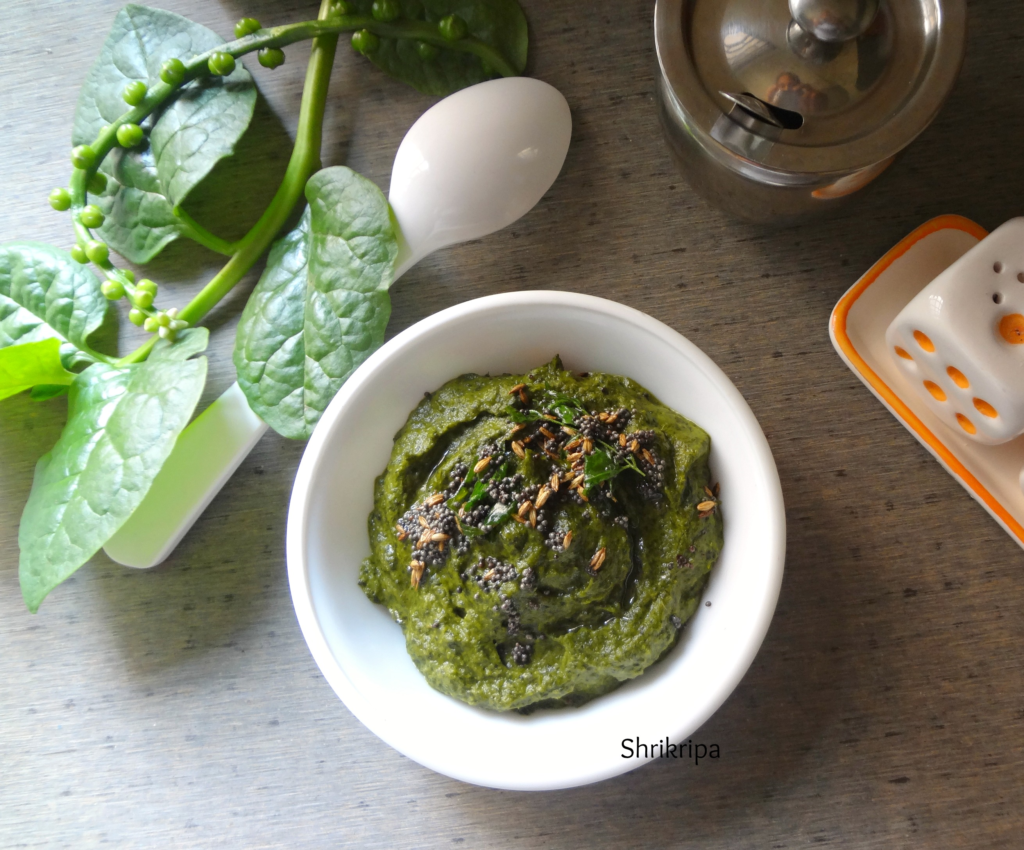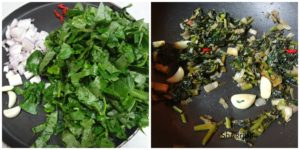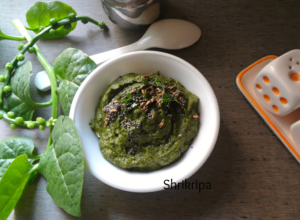Pirandai is a creeper. It is called as Adamant Creeper / Devils Back Bone / Veldt Grape “ in English. Botanically known as Cissus Quadrangularis. Which refers to plants quadrangular sectioned branches with internodes of 8 to 10 cm in length and 1.5 cm wide.

It has many names in different parts of our country. In Sanskrit: Asthisamhari, Vajravalli, Asthishrinkhala ,Kandavalli ,Vajrangi . In Hindi: Hadjod ,Hadjora ,Hadsankari Kandvel. In Kannada: Mangarahalli . In Tamil: Pirandai ,Vajravalli . In Malayalam: Peranta ,Cannalamparanta. In Telugu: Vajravalli ,Nalleru. In Gujrati: Chodhari , Hadsankal.
Adamant Creeper is a very well-known traditional herb in ancient ayurvedic medicine. which was used in setting bones/ bone fracture healing , gastric ulcer , piles ,anaemia ,menstrual problems as well as in de worming. It is a good source of Vitamin C and Calcium. Usage of the herb is usually by making Chutney or Kolambu or sundried and in powdered form.
If person wants to take it as a healing food, one should consume it weekly twice and mix with a little ghee either with hot rice or with Roti.
Till two years back, I had no idea regarding this plant or its usage. Due to our Foodie Facebook page, got to know about it. My Foodie friend Ashwini shared the plant cutting with me and guided me through. From then on, my experiments went on and I tried out many recipes. The chutney that I make and like is without coconut, mainly because it stays longer and can enjoy for many days. Here I will share both the version.
Pirandai has to be treated like Colocasia leaves and Yam. It is itchy in nature even while cutting as well as till the last stage of its cooking. So, quantity of tamarind plays a major role while cooking and application of oil to your hand will avoid itching while cleaning and chopping. One more thing what I have observed is, before using keep it for one day ,after harvesting. This also helps in reducing the itchiness.
Now we will see the Thogayal/Chutney preparation:
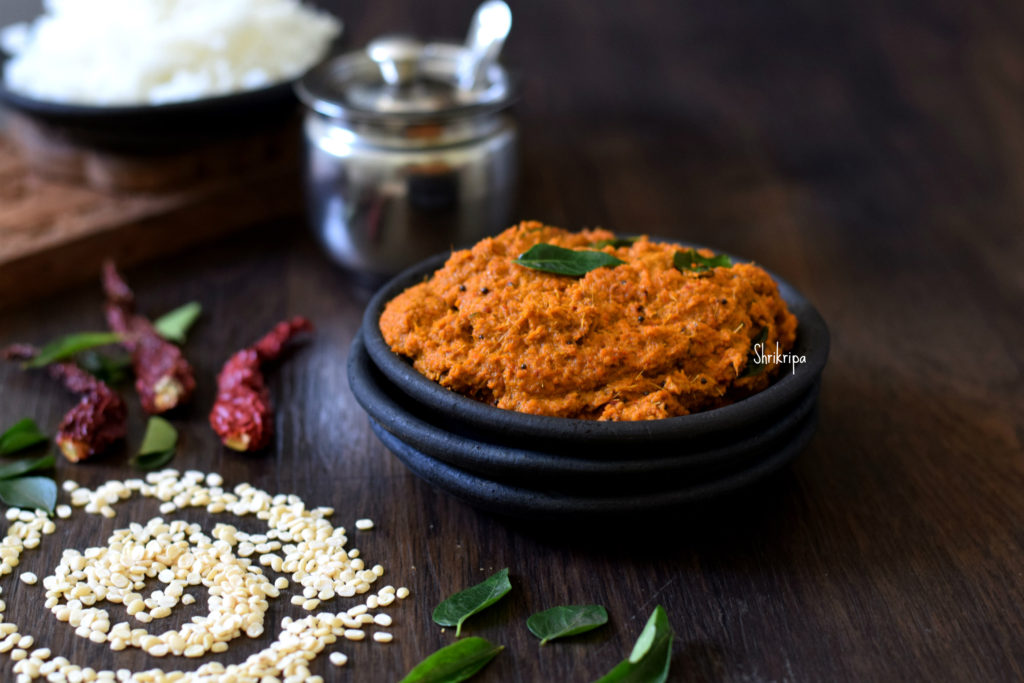
Ingredients:
Pirandai – one bowl
Tamarind – lemon sized ball
Gingelly oil – 1 tablespoon
Urad dal – 1 tablespoon
Hing – ¼ tsp
Dried red chillies – 3 to 4
Salt
Jaggery – 1tsp
For Seasoning:
Gingelly oil or any refined oil – 3 to 4tablespoons
Mustard – 1 tsp
Curry leaves – 2 springs
Method:
-Apply oil to your hand, cut every node and take out internal sticks, peel outer 4 corners and remove all the fibres.

-Take diluted buttermilk water (add little curd to water and make) and wash these cleaned Pirandai nicely.

-Chop these sticks into tiny bits and immerse in diluted buttermilk or tamarind water.
-Soak tamarind in a little water.
-Now drain the water from chopped Pirandai and keep it ready for the seasoning.
-Now take 1 tbl spoon of oil, fry urad dal ,hing and red chillies. Add Pirandai choppings, fry until it is soft and turns pale in colour.

-Add tamarind water, salt, jaggery and cook until it is soft.
-Cool the mixture and grind into smooth paste by adding required amount of water. If you want to add coconut ,you can add coconut as well, while grinding .

-Now prepare seasoning , take 2 to 3 tablespoons of oil , splutter mustard, curry leaves, add ground paste and boil until oil oozes out at the sides.
-Serve with hot rice , dosa or idlies. It can be stored for many days under refrigeration.
Note: Main picture is (with added coconut)


